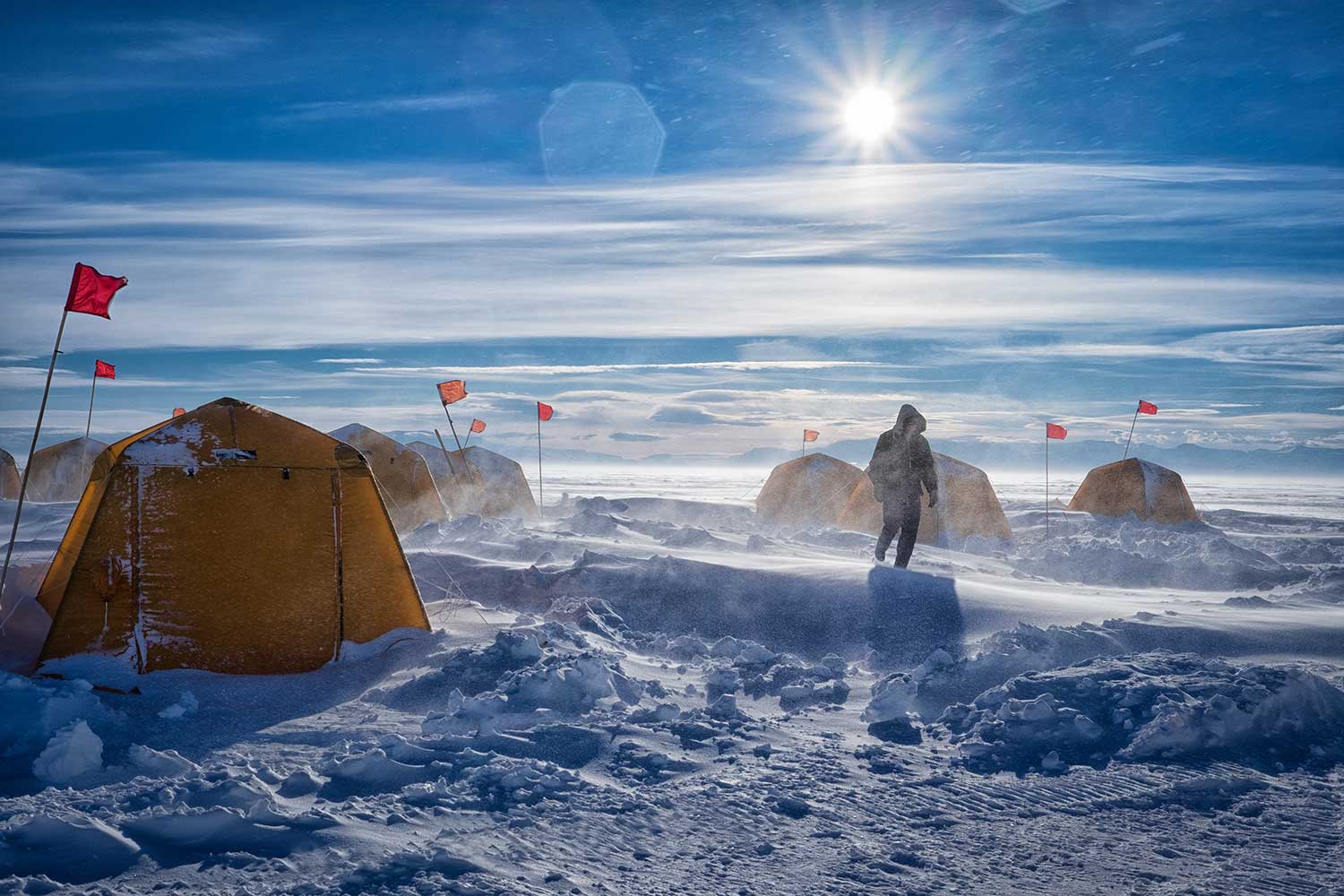Watch the event highlights here!
Antarctica is the coldest, highest and driest of all seven continents. It is one and a half times the areal size of the continental United States, with the vast majority of its landmass covered in thick ice sheets.
In the surrounding Southern Ocean, sea ice covering an area about equal to the continent in size freezes and melts annually. The Antarctic continent and surrounding ocean are distinct in being governed through an international treaty system comprised of the Antarctic Treaty and the Convention for the Conservation of Antarctica Marine Living Resources. The Antarctic Treaty System emphasizes peaceful uses of the region with a particular focus on scientific research. The National Science Foundation manages the U.S. Antarctic science program on behalf of all of government. The U.S. Antarctic Program (USAP) continually evolves with the frontiers of science and takes advantage of opportunities for discovery afforded by the unique life and environments of Antarctica. This talk will describe current USAP goals and highlights as well as the challenges of providing logistics support to make research possible in this remote and intrinsically inhospitable region.
This program is presented in partnership with IIT’s College of Science.
Event Details
This program will be free and open to the public. Advanced registration encouraged. The program will take place on Illinois Institute of Technology’s main campus in Bronzeville. IIT is easily accessible via the CTA Red and Green lines, State Street and 35th Street busses, and the Metra 35th-Lou Jones stop on the Metra Rock Island Line. Parking is also available for a fee in visitor lots located adjacent to the McCormick Tribune Campus Center; see map for details. Can’t join us live? Join us via live stream on our YouTube channel, C2ST TV.

IMAGE: Two U.S. Antarctic Program divers at the Cape Evans Wall in McMurdo Sound, image by Rob Robbins, National Science Foundation

IMAGE: The Southern Lights over the 10-meter South Pole Telescope at the National Science Foundation’s Amundsen-Scott South Pole Station, image by Dr. Keith Vanderlinde, National Science Foundation
COVER IMAGE: The Whillans Ice Stream Subglacial Access Drilling (WISSARD) camp in central Antarctica, image by Rachel Murray, National Science Foundation


